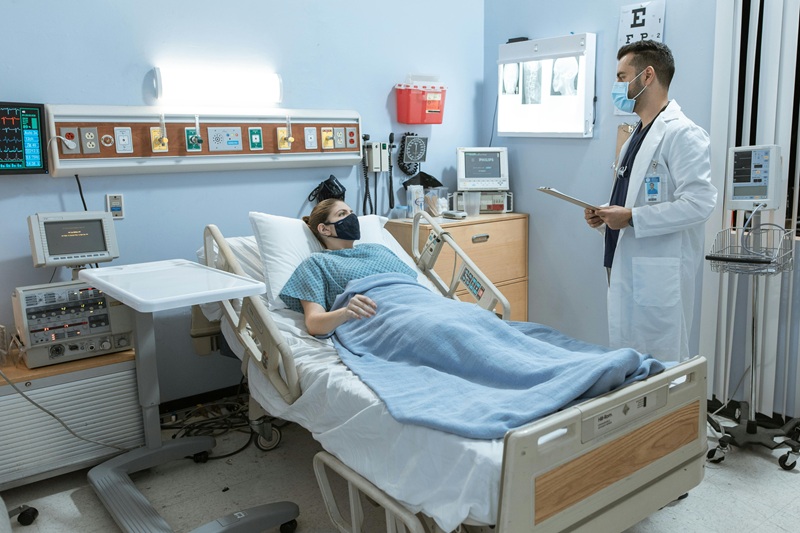The measles virus is making an alarming comeback in British Columbia, with health officials confirming 49 total cases in 2025, including 17 new infections reported just since June 19. Currently, 12 cases remain active across the province, sparking serious concerns among public health experts.
Most worrying to officials is the confirmation of “locally acquired” cases in Chilliwack, where three unvaccinated residents contracted measles without any travel history. This signals the virus is now spreading within communities rather than just through travel-related exposure.
“Most of the time, measles can be a mild disease, but I don’t recommend anyone to take the risk,” warns Dr. Sanaz Vaseghi, medical health officer for Interior Health. “There are a range of complications that can follow, such as a simple ear or lung infection to more serious ones like brain inflammation that can cause seizures, intellectual disability, deafness, and sometimes death.”
The BC Centre for Disease Control (BCCDC) has identified numerous public exposure sites across Chilliwack, Kamloops, Victoria, and Surrey, including retail stores, restaurants, barber shops, and several BC Ferries sailings. This wide range of locations underscores how quickly the highly contagious virus can spread.
BC’s outbreak is part of a much larger resurgence across Canada. Alberta has reported 925 confirmed cases as of mid-June, while Ontario faces one of the country’s worst situations with over 2,000 cases. Nationally, Canada has recorded more measles cases in the first months of 2025 than during the entire 27 years since measles was declared eliminated in 1998.
Similar Posts:
This surge comes as vaccination rates continue to decline. In BC, the vaccination rate among seven-year-olds has dropped from 90.9% a decade ago to just 72.4% in 2023, falling well below the 95% needed for effective community protection.
The virus spreads through airborne transmission when an infected person coughs or sneezes and can remain in the air for up to two hours after the infected person has left an area. This makes it particularly dangerous in public spaces.
Dr. Jing Hu, a medical health officer for Fraser Health, confirms hospitals are preparing for an anticipated rise in cases as the school year ends. “We have connected with our emergency departments, the infection prevention and control team, and primary care providers to be prepared for patients who may show up with fever and rash.”
Health officials recommend specific actions for anyone who may have been exposed:
Monitor for symptoms for 21 days after exposure. Initial symptoms include fever, cough, runny nose, red eyes, and small white spots inside the mouth, followed by a distinctive red blotchy rash that spreads from the face downward.
If symptoms develop, call ahead before visiting any healthcare facility to allow proper infection control measures.
Get vaccinated immediately if you were born after 1970 and haven’t received two doses of measles vaccine. The vaccine is most effective within three days of exposure but still provides some benefit afterward.

Vulnerable individuals — including immunocompromised people, unvaccinated pregnant women, and children under one year — should contact their local public health unit within six days of exposure for possible preventative treatment.
The BCCDC urges people to check their immunization status as the most effective way to prevent infection. Measles vaccines are free in BC and available at health units, clinics, and pharmacies. As families begin summer travel and activities, health officials remain concerned about further spread, especially with significant outbreaks occurring in other parts of Canada and internationally. The message from public health experts is clear: vaccination remains the best defense against this highly contagious and potentially serious disease.


















